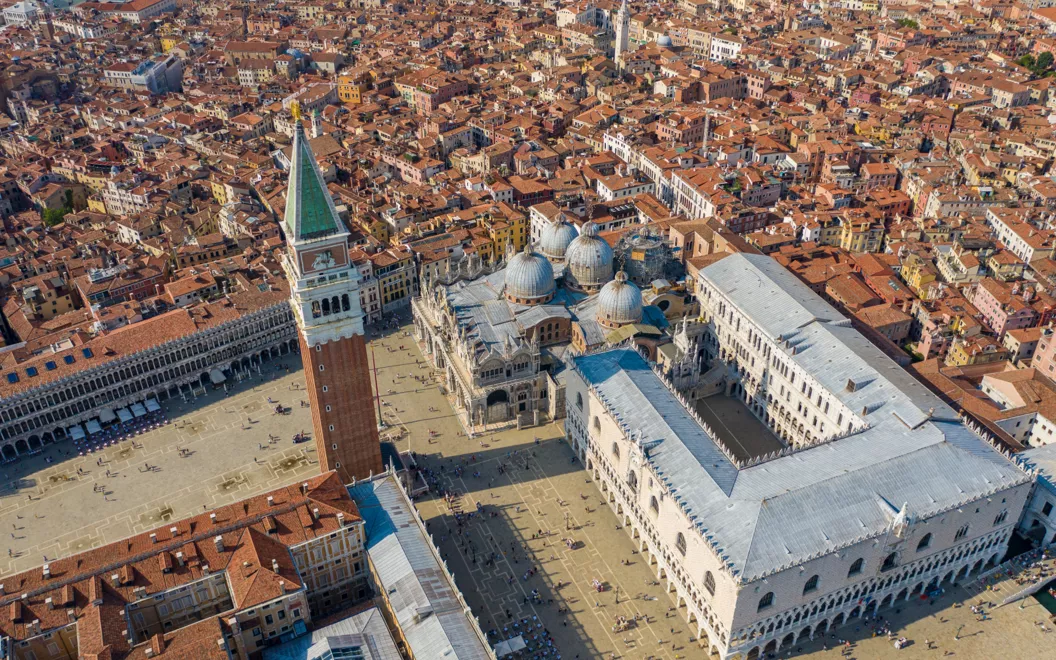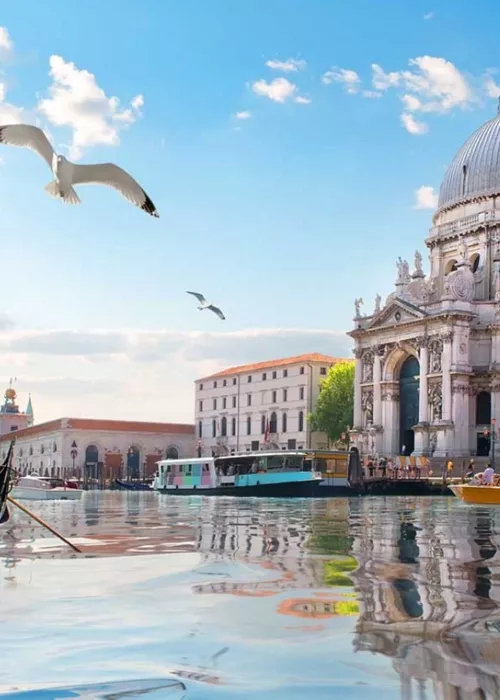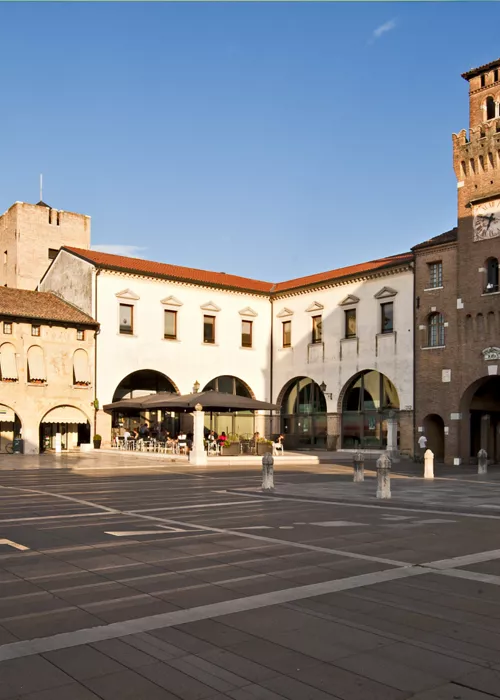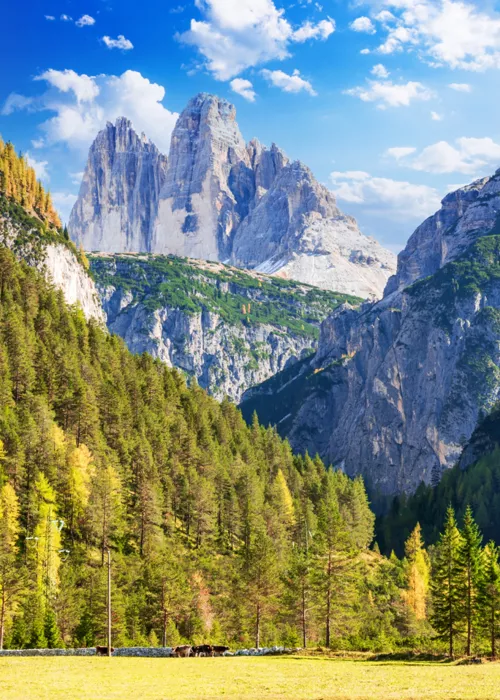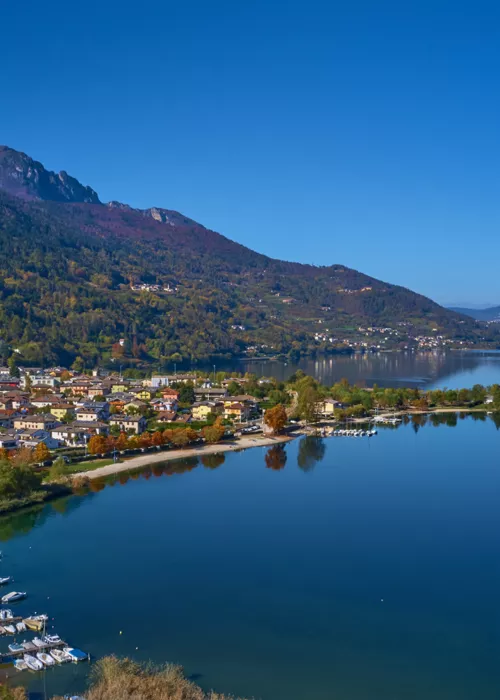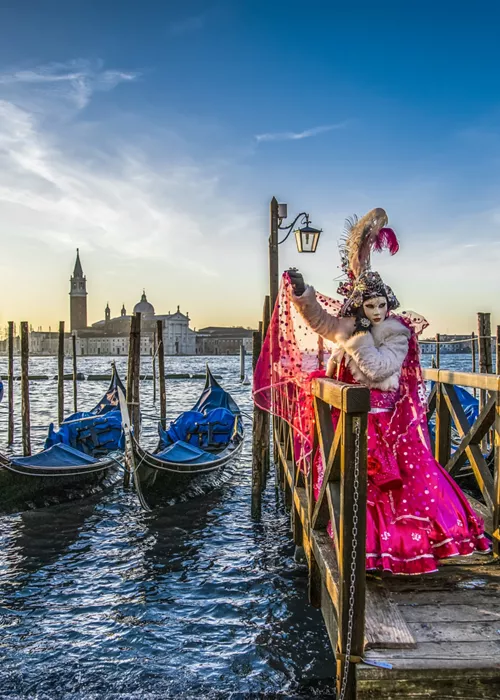In Venice for the Festa del Bocolo and San Marco, two unmissable experiences
4 minutes
Throughout Italy 25 April is celebrated on the anniversary of the Liberation, but in the Veneto region, the celebrations are not limited to this: in Venice, in particular, this anniversary coincides with an even older and grander celebration, that of San Marco, the Patron Saint of the city. The celebration is a much-loved religious celebration attended each year by thousands of locals, tourists and visitors.
The Festa di San Marco is linked to very special legends and customs, such as the Festa del Bocolo, as well as various traditional delights to taste.
The patron saint of Venice: not one but three celebrations
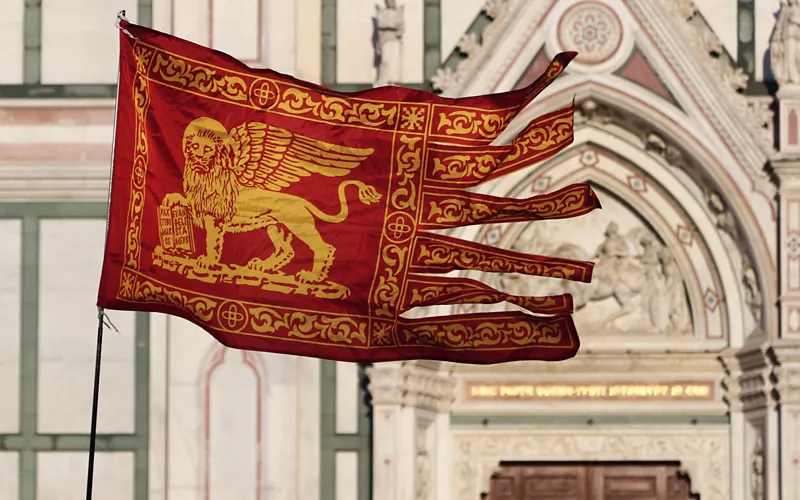
Originally, in Venice the 25 April celebration was only one of three dates dedicated to San Marco. The first was celebrated on 31 January, the day the Saint's relics arrived in the city in 828. The Venetian merchants Rustico da Torcello and Bono da Malamocco, together with their servant Basilio, stole the remains in Alexandria and transported them to Venice hidden among fruit and pork.
The second feast dedicated to San Marco was on 25 June in memory of the discovery of the lost relics. According to legend, during the mass to consecrate the new basilica built in honour of the Saint in 1094, one of the columns broke, revealing the bones of San Marco hidden inside it.
Finally, the third and last, as well as the only one still celebrated today, the 25 April celebration, established by the Republic of Venice. La Serenissima (the city's nickname for the city's peace and serenity, as well as its undisputed dominance in trade) celebrated its patron saint, who had taken the place of San Teodoro, on the day of his death.
Why San Marco is the patron saint of Venice
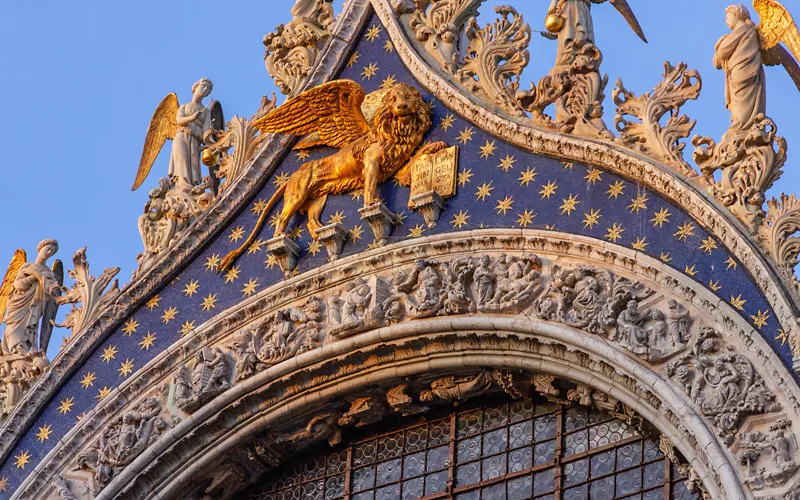
There is an ancient legend that inextricably links the figure of San Marco in Venice, whose symbol is the winged lion representing the Evangelist.
In fact, while Marco was sailing towards Alexandria, a storm washed him onto the coast near Venice, where he was welcomed in a fishermen's hut. After falling asleep, an angel in the form of a winged lion appeared to the Evangelist and revealed to him that one day, right there, he would find his eternal rest.
San Marco's festival today
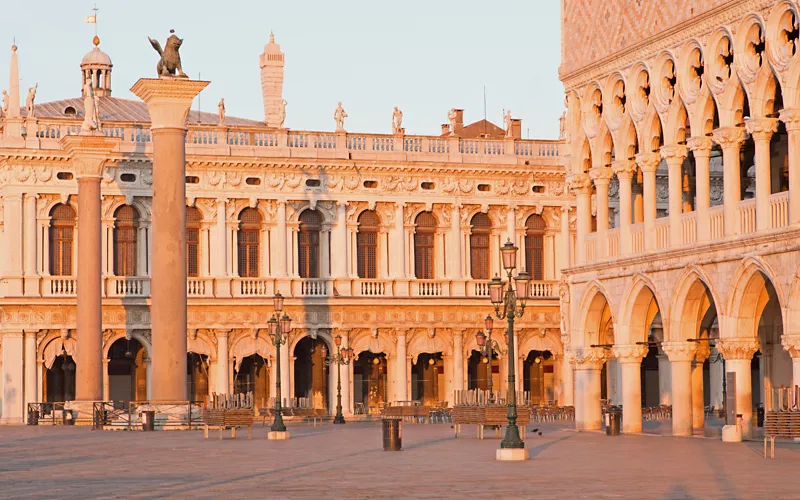
Today the Festa di San Marco in Venice is less spectacular than it used to be, but is still very impressive. At one time, the entire city, following the highest authorities of the Republic with the Doge (the city's highest political order) at the head, paraded through the streets in procession. The connection with the Doge has now disappeared and the festival is mainly religious.
The main celebrations headed by the Patriarch are two. The first is a solemn Mass held at the Basilica di San Marco at 10.30. It is repeated at Vespers, celebrated in the late afternoon. On the same day, in the Great Council Chamber of the Doge's Palace, theSan Marco Festival Award is presented to Venetian people who have distinguished themselves during the year.
The legend of the Bocolo di San Marco: an ancient tradition
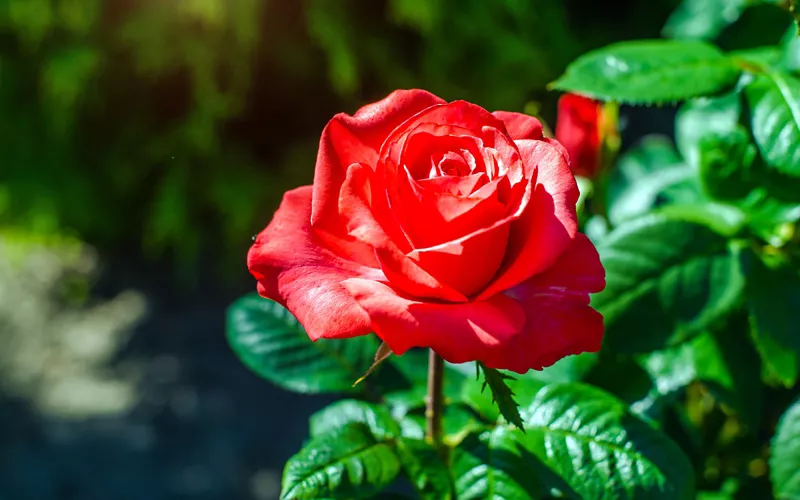
On the day of the San Marco Festival, the Festa del Bocolo is also celebrated, that is, when lovers give their sweethearts, i.e., their girlfriend, a red rose bud. The term bocolo in Venetian actually means bud.
The tradition has its roots in the legends of the paladins of France who fought the Moors in the Holy Land. They were joined by the young Venetian troubadour Tancredi, a boy from the village in love with the daughter of the Doge Orso I Partecipazio, the beautiful Maria, named Vulcana. The love was reciprocated but hindered by her father, who suggested that the sweetheart should go to war to win the Doge's favour. Tancredi left but did not come back. Fatally wounded near a rose garden, he plucked a white rose bud that was dyed with his blood. With the flower in his hand, he asked his friend Orlando to take it to his beloved. Orlando arrived in Venice for the festival of San Marco and gave the rose to Vulcana, who immediately understood the sad fate of her sweetheart. The next day she was found dead with the rose in her hands. As a result, the red rose has become a pledge of eternal love among Venetian lovers.
Another legend of the bocolo di San Marco tells of a love with a happy ending. It tells the story of Basilio of Giudecca who had been given a rose garden growing near the tomb of the Evangelist. Upon his death, the rose plant marked the boundary between the two parts of the property inherited by his sons. It withered when disagreements arose between the two branches of the family, but flourished again when two young men from rival families fell in love.
San Marco's festival at the table: typical Veneto dishes to enjoy during the celebration
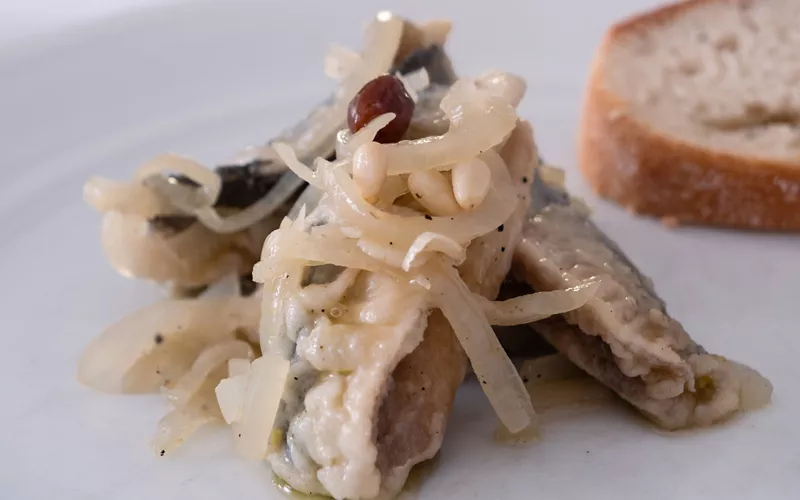
The 25 April festival in Venice is also the right time to try the culinary traditions of the lagoon city. On the day of the San Marco festival, it is ytaditional to eat risi e bisi, in other words, rice and peas. According to tradition, this soup was introduced to Venice in Byzantine times and was served to the Doges on 25 April.
Take the opportunity to also taste the other Venetian specialities, traditional dishes such as baccalà mantecato, lasagnette al nero di seppia and sarde in saor. While wandering around the centre, then, try the delicious fritoe, delicious pancakes made with sultanas and covered with sugar.

